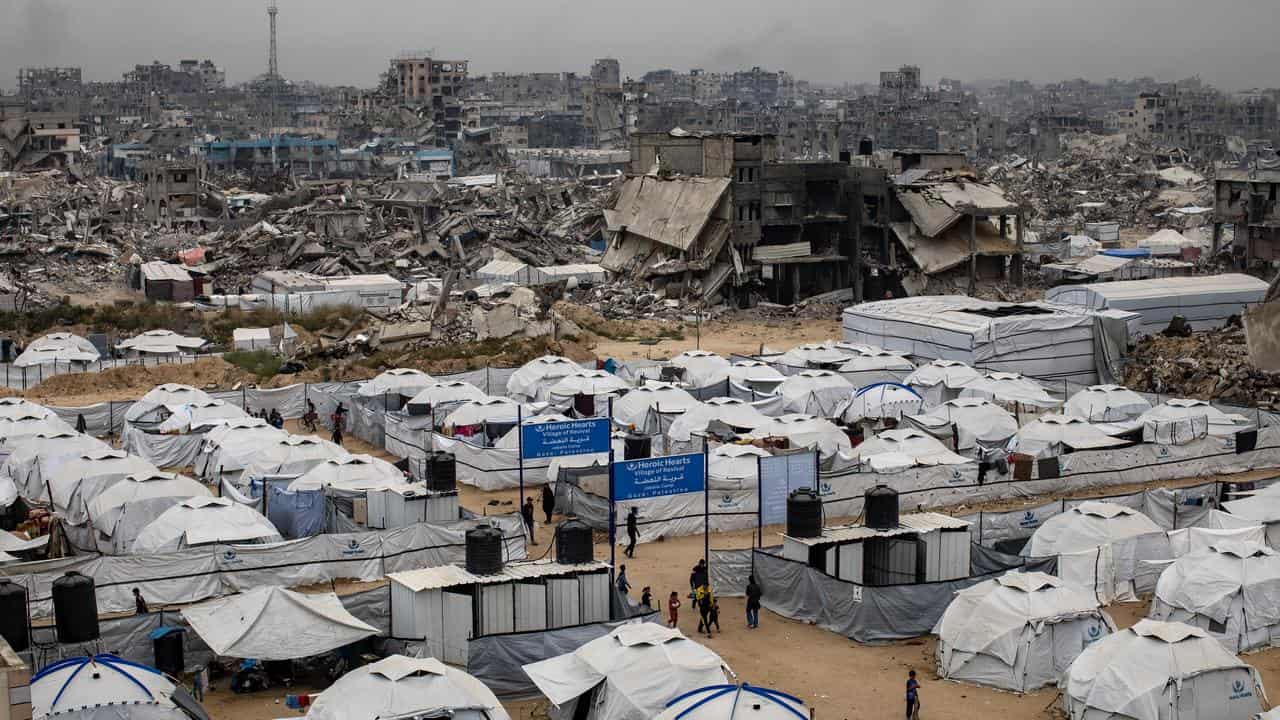
UN figures indicate that a significant number of people have been internally displaced in the Gaza Strip since the resumption of fighting there more than three weeks ago.
"It is estimated that nearly 400,000 people have been displaced in Gaza following the breakdown of the ceasefire," the UN agency for Palestinian refugees (UNRWA) said in a post on X.
More than two million people live in the densely populated coastal territory.
The Israeli army regularly calls on people to leave areas where it wants to take action against the Islamist Hamas group - recently, for example, the majority of residents of the city of Rafah.
Meanwhile, fighting continued with an Israeli air strike on a house in Khan Younis, in the southern Gaza Strip, killing 10 members of the same family, the Palestinian news agency WAFA reported on Friday.
Several others were injured, the report added. No further details about the casualties were initially available.
The Israeli military said it was reviewing the report.
According to the UN, around 90 per cent of the population of the Gaza Strip have been displaced since the war was triggered in 2023, when Hamas killed 1200 people in southern Israel.
During a two-month ceasefire at the beginning of the year, many internally displaced persons returned to their home towns. Israel resumed the massive attacks in mid-March after no agreement could be reached with Hamas on the conditions for an extension of the ceasefire.
For more than a month, Israel has not allowed any vital humanitarian aid into the sealed-off strip in order to put pressure on Hamas.
UNRWA's X post stated it is "by far the longest blockage of aid and commercial supplies since the start of the war."

Aid organisations say the suffering of the civilian population is being significantly exacerbated as a result. They warn urgently against turning humanitarian aid into a weapon of war.
The Israeli government insists stocks of food in the Gaza Strip will last for several more weeks, but points out the supplies are under the control of Hamas.




